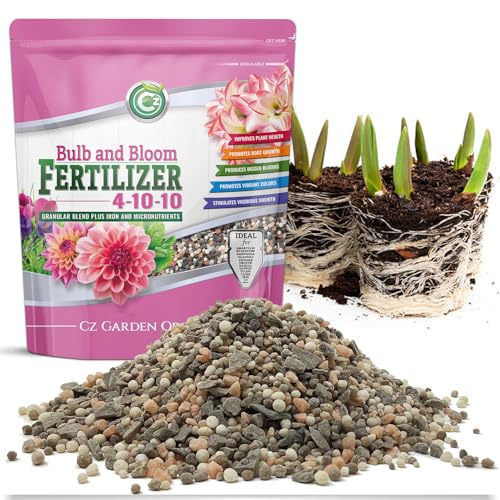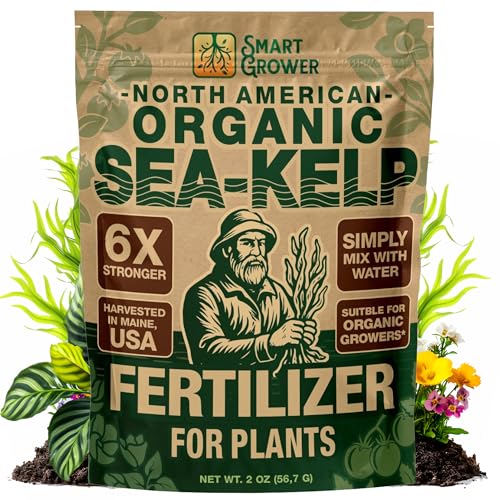How to fertilize dahlias to get more flowers than ever before this summer – plus the only types to use
Not all fertilizers are ideal for dahlias, but choosing the right one will make all the difference
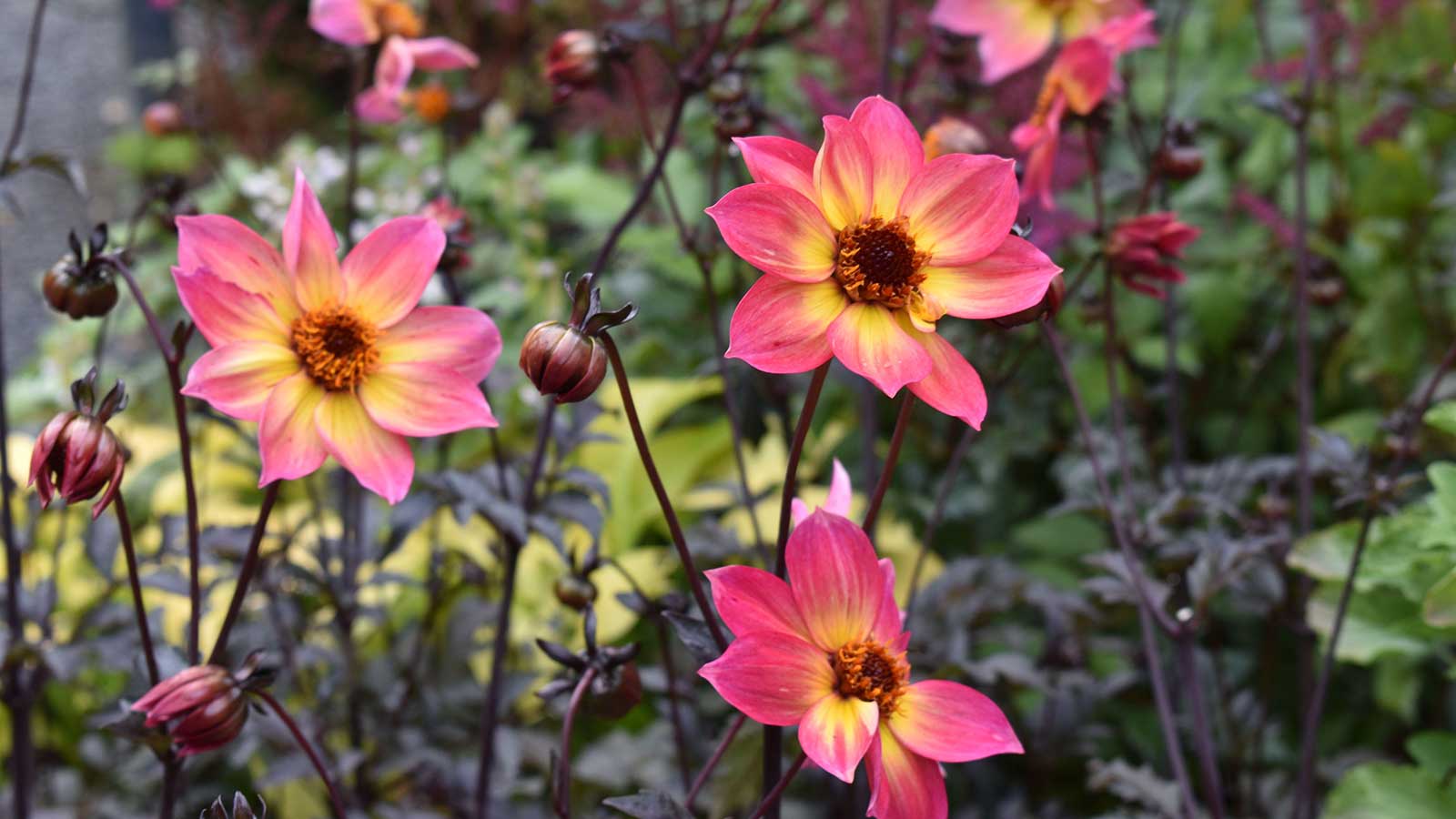
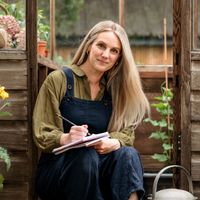
Dahlias are hungry plants. These much-adored summer stalwarts are the primary givers in my yard come July and August, but in addition to water and soil they need one essential thing in order to reach their full flowering potential: food.
If you are growing dahlias, fertilizing should become a regular part of your gardening routine, and thankfully it really is so simple when you know exactly when to feed and the best kinds of fertilizers to use.
I spoke about fertilizing dahlias in a recent episode of Homes & Gardens’ social series Petals & Roots, where I gave my three top tips for getting more flowers than ever from your plants. I’ve grown dahlias for years, and I have seen the difference it can make when you get the fertilizing right. For all their stunning, bombastic beauty, they are large plants with the potential to produce copious flower heads, and for that they need sustenance.
A post shared by Homes & Gardens (@homesandgardensofficial)
A photo posted by on
Best types of fertilizer for dahlias
In the Petals & Roots video above, I talk about using a high potash feed for dahlias, so let me expand on this.
The plant nutrients dahlias need to produce abundant blooms are potassium and phosphorus. What they don’t need a lot of is nitrogen – as this would encourage lots of foliage, but weaker stems and fewer flowers.
I use an organic tomato feed on my dahlias, the Espoma one from Amazon is the brand I opt for, and it always works wonders. You can also use a liquid seaweed feed, or a comfrey fertilizer would also work. Liquid fertilizers are better once your flowers have begun to bloom.
If you are looking at different options at the garden center and you’re not sure, check for the plant nutrient numbers and make sure the first one (denoting nitrogen level) is lower than the second two (referring to potassium and phosphorus). For example, 5-10-10 or 10-20-20 would both be good options.
Design expertise in your inbox – from inspiring decorating ideas and beautiful celebrity homes to practical gardening advice and shopping round-ups.
Alternatively, to take the hassle out of choosing the right one, I have done it for you. Here are my top recommendations:
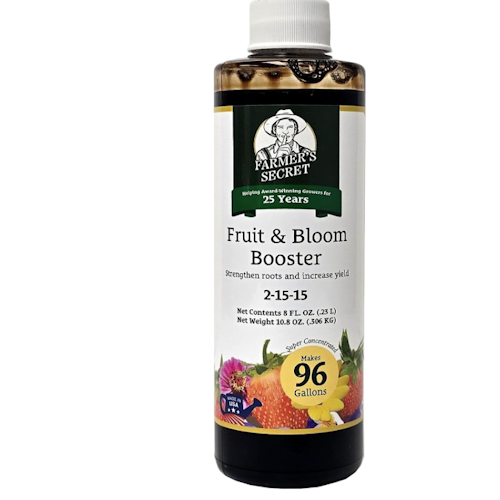
This liquid fertilizer has ideal N-P-K (plant fertilizer numbers) for using on dahlias. This product is highly concentrated, a little goes a long way, making it great value.
How to fertilize dahlias
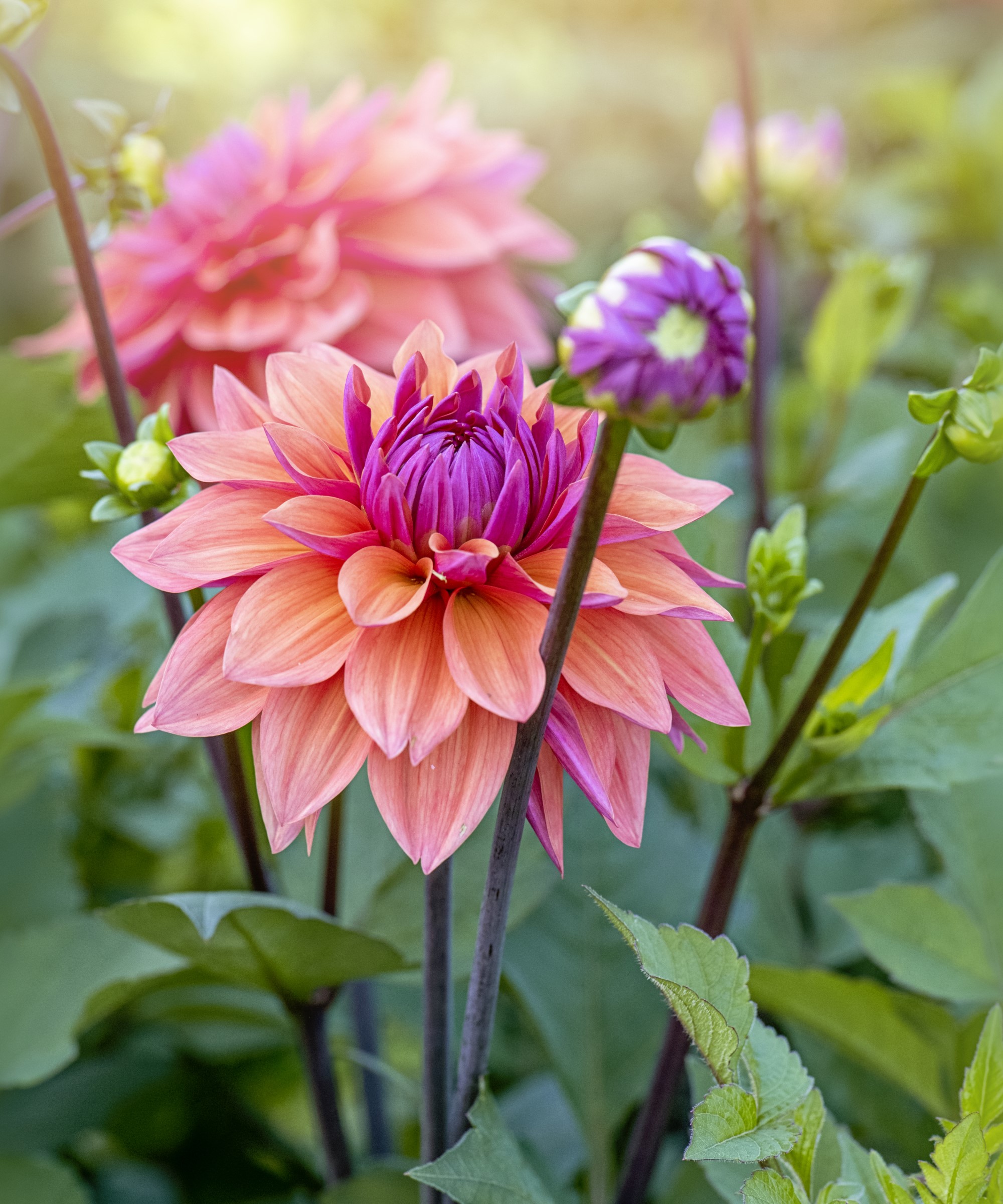
You can start feeding dahlias 30 days after planting the tubers. But if you haven’t managed to do so yet, don’t fret. You can begin now.
Aim to feed your dahlias once a fortnight if you’re growing them in pots. For dahlias grown in flower beds or raised beds, you can feed less often; once every three to four weeks will be sufficient.
When it comes to the right quantity of feed, always follow the directions on the manufacturer’s recommended amounts. For example, I use one cap full of tomato feed to 10 litres of water, which is enough for three to four of my dahlia plants.
In extreme weather, such as a summer heatwave, I would be inclined to increase my feeding schedule as plants will be under more stress and taking up a lot more water.
In addition to feeding, your dahlias will still need consistent watering and deadheading to keep them flowering profusely all season long.
For those of us who always go the extra mile for our dahlias, it's useful to know what never to grow with dahlias, and if you find your dahlias are being destroyed by earwigs this summer, we have the perfect eco-friendly hack to stop them in their tracks.
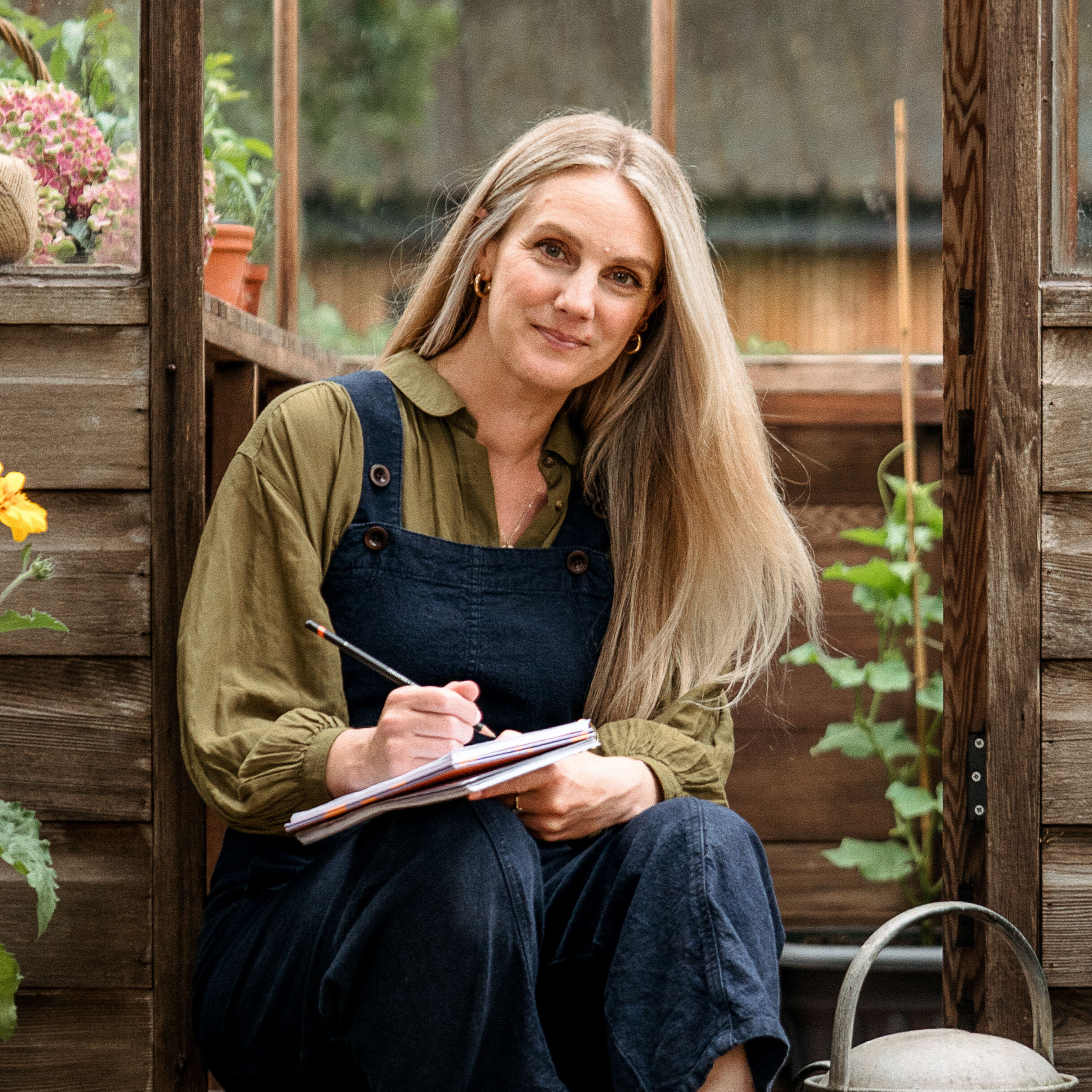
Rachel is a gardening editor, floral designer, flower grower and gardener. Her journalism career began on Country Living magazine, sparking a love of container gardening and wild planting. After several years as editor of floral art magazine The Flower Arranger, Rachel became a floral designer and stylist, before joining Homes & Gardens in 2023. She writes and presents the brand's weekly gardening and floristry social series Petals & Roots. An expert in cut flowers, she is particularly interested in sustainable gardening methods and growing flowers and herbs for wellbeing. Last summer, she was invited to Singapore to learn about the nation state's ambitious plan to create a city in nature, discovering a world of tropical planting and visionary urban horticulture.
You must confirm your public display name before commenting
Please logout and then login again, you will then be prompted to enter your display name.
